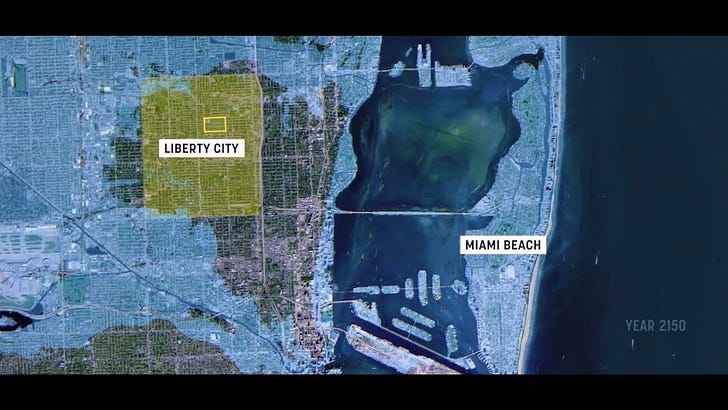
“Between soaring prices and rising rates, the typical home buyer in October paid 77 percent more on their loan, per month, than they would have last year, according to Realtor.com. With a national median asking price of $425,000 and a 10 percent down payment, that works out to an additional $1,117 every month.” The New York Times, November 4, 2022
The ability of many of us to keep a decent roof over our heads has been a problem for decades in the United States: housing bubbles and bursts, the Great Recession, rising and plummeting interest rates, the embrace of McMansions, strange zoning laws or none at all, increasing population and smaller land areas available or suitable for housing… what did I leave out? Oh yes, a company or two has developed algorithms— defined as a process or set of mathematical rules— to set the price of rent without the need for human intervention… or it turns out, empathy.
There are a multitude of factors that go into rent prices and include the usual variables like supply and demand, location, size of the rental, amenities, finishes, etc., many of the same factors that are used to price the sale of a home. Since the cost of purchasing a home has soared (most people have to finance a mortgage and interest rates have increased), buying their own home is now beyond the reach of an entire range of incomes, who are now forced into the rental market. Greater demand for rentals drives up the price, especially when new construction is still lagging. Enter the price-setting algorithms that have driven rent even higher.
ProPublica recently published an excellent investigative piece into one company’s system for establishing rent prices. RealPage, a Texas-based company, created software that ingests massive amounts of information, including “internal rent data” and competitor pricing, and spits out what it deems appropriate rent prices for properties in a given area. These new prices are typically quite a bit higher that what human property managers would assign, and that’s the point. According to this article, “leasing agents had too much empathy” in comparison to computer generated prices.
This software also advises property managers to let units sit vacant rather than lower the price, the opposite of standard practices. But not anymore. Even with vacant units, property managers are increasing their revenue considerably if they listen to their algorithms.
Admittedly, it’s hard to tell whether rental price-setting software is distorting the market or just stretching the prices to what the market will bear. After all, higher rental prices are increasing revenue for the owners, so someone is able to pay the inflated prices. But when rents go up several hundred dollars a month, there are many lower and moderate income tenants who are simply priced out of housing altogether. And these same people are otherwise unable to purchase a home with today’s rising interest rates factored into the cost of a mortgage.
There are other factors at play in the housing market that keep regular working people from purchasing a home, using that purchase to build wealth in the form of equity, and to have the security of ownership. One of those factors is the lack of affordable housing. And I am not necessarily referring to multi-family dwellings, condos or even subsidized housing.
For decades, all types of new housing has gotten a lot bigger, and thus more expensive to build and wasteful of our limited natural resources. Smaller homes being built today in the typical subdivision or even urban areas are close to 1000 square feet larger than what used to be called a “starter home”. Remember those?
My parents bought their first and only home after their two children were born (12 years apart, no less), and it was a modest two bedroom, one full bath, which could not have been more than 800 square feet. Mercifully, the former owners had added on a “rec room” with a half bath to accommodate their square dancing habit, so we could carve out some privacy and had a room to entertain friends.
Some argue that the lack of small, modestly priced, starter homes is a big part of our current housing crisis. This type of housing, as it did for generations before us, “would give a family new to the country or a young couple with student debt a foothold to build equity.” Maybe even more worrisome is that many cities and towns across the country mandate certain minimum square footage, a two car garage and other design amenities that ensure the price of homes remain well above a starter home price—today less than $250,000.
I think it matters to all of us that we are in the middle of a housing crisis and so few can afford to own a home or even to rent. And I’d love to hear what you think about these issues. Computer software raising rental prices—are you OK with that? No small starter homes to be found? Are you in the market to buy your first home or downsize to a 1000 square foot gem? Leave your thoughts in the Comment Section below.
And there is no time like the present to join our community by becoming a free or paid subscriber—we’d love to have you!














Are Secret Algorithms Responsible For Your Rent Hike?